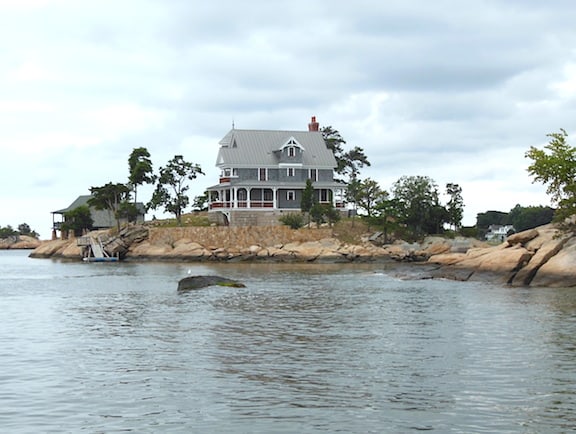
Tucked along the southern edge of the Connecticut coast is a small gem of an archipelago called the Thimble Islands. Originally named by the local Mattabeseck Indians as Kuttomquosh, “the beautiful sea rocks,” they are small outcroppings of granite that defiantly peak above sea level. The Thimble Islands are a testimony to the the forces of the last great Ice Age around Long Island Sound, and also a reminder of America’s obsession with building summer vacation homes in unique and unimaginable locations.
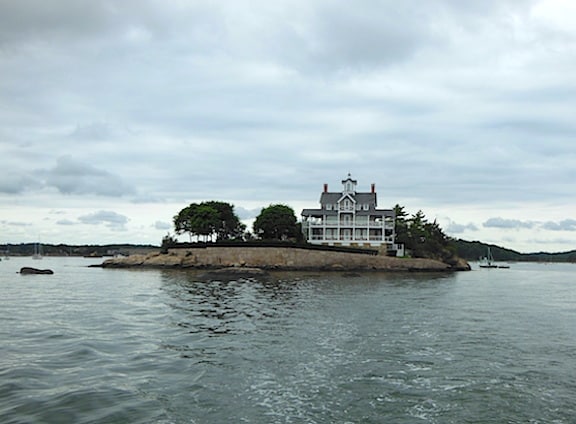
Most of the islands are located near the town of Stoney Creek, but unlike other islands in the sound which are made up of glacial terminal moraines, the Thimble Islands are very stable pieces of rock made up of Stoney Creek pink granite bedrock. This type of granite has been mined from this area to build such structures as the Lincoln Memorial, the Brooklyn Bridge, Grant’s Tomb, and the base of the Statue of Liberty. You might think that the islands received their name because of their small shape and size, but the local thought is that they were named after thimbleberry bushes, a relative of the black raspberry, that once grew on these islands.
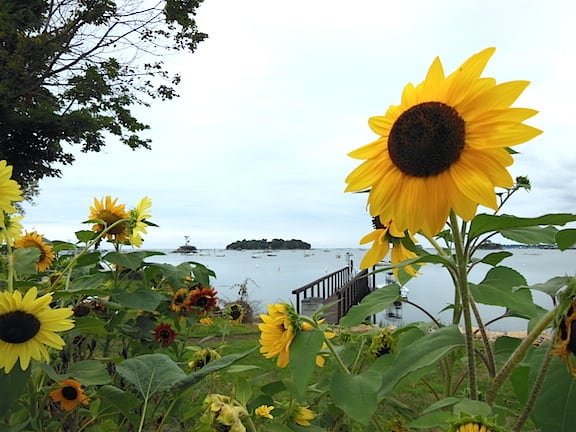
I had heard about these islands and their beauty a few years ago, but over time I had forgotten their name and location. Recently while driving north along route 95 to New England, I spotted a newly posted sign put up by the State of Connecticut. As I drove past the words “Thimble Islands,” I knew I had heard the name before and decided I had to investigate. A little Internet research confirmed my suspicion that this was the site I had heard about a few years ago. I also found out that hour-long boat tours were offered during the summer by local residents. Even though there were threatening rain clouds all around, I quickly made the decision to take a short sightseeing detour.
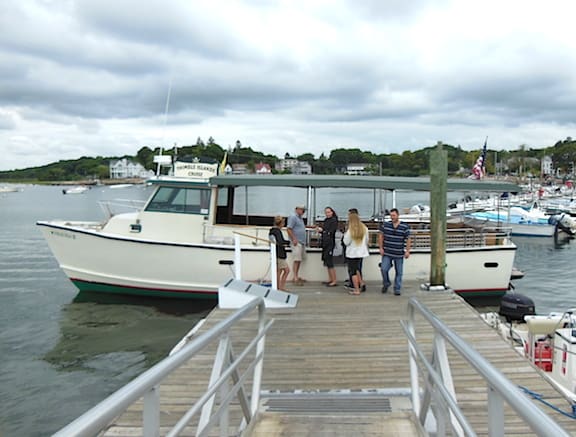
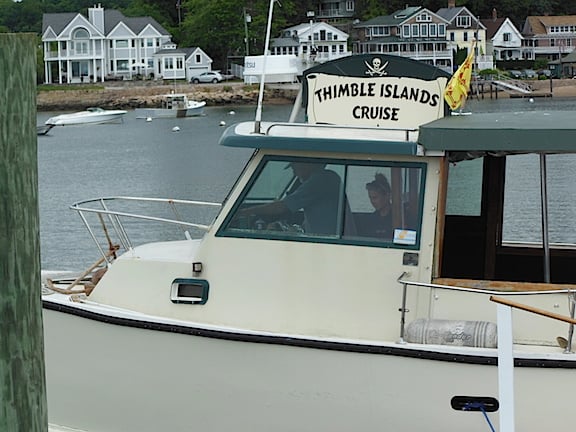
Three different tours are offered by local residents during the summer, but on the day I visited, I only saw two operating boats. One featured a newer two-story boat with a sundeck on top run by Captain Mike. The other was on an older boat with a pirate’s skull and crossbones on it run by a local for over the past 25 years known as Captain Bob. It might seem like I had a difficult decision to make, but actually it was easy. There is no way I could pass up the opportunity to be on a boat decorated with a skull and crossbones and commanded by someone known as Captain Bob. I was not disappointed.
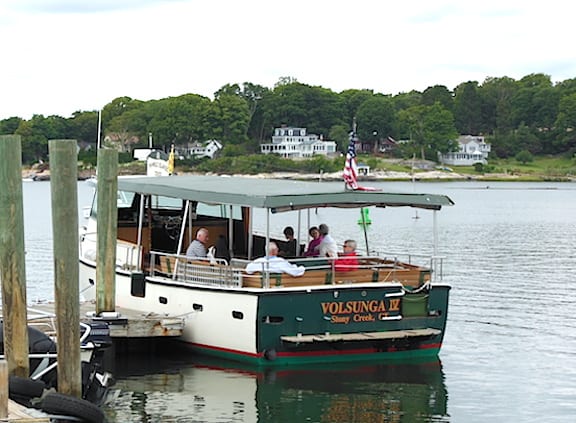
The hour-long narrated cruise was very relaxed, laid back, and had few formalities. Tourists just walked on the boat, took a seat, and paid cash for the cruise at the end. Captain Bob was a fun guy with a sarcastic, dry sense of humor. He freely shared his stories about the islands and was not afraid to express his opinions (apparently he has a great dislike for geraniums and thinks the state of Maine is highly overrated). Captain Bob’s tour was full of local history, local insights, local gossip, and a lot of laughs. As we passed each major island, we were given extensive information about its history and the home that was located there. We learned why people began building homes on the islands and the incredible efforts they made to keep them there. We also heard an extensive story about the local pirate legend of Captain William Kidd. The tour was relaxing, peaceful, but also remarkably fascinating.
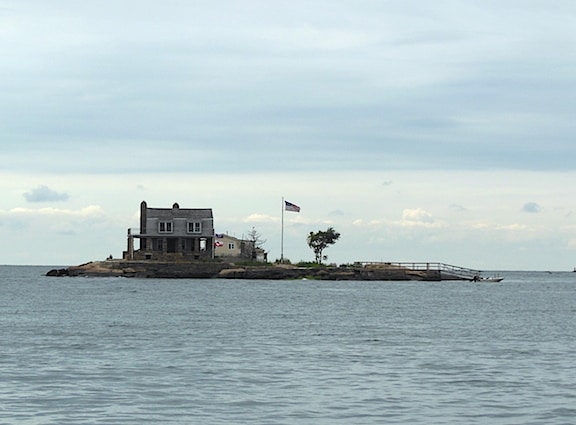
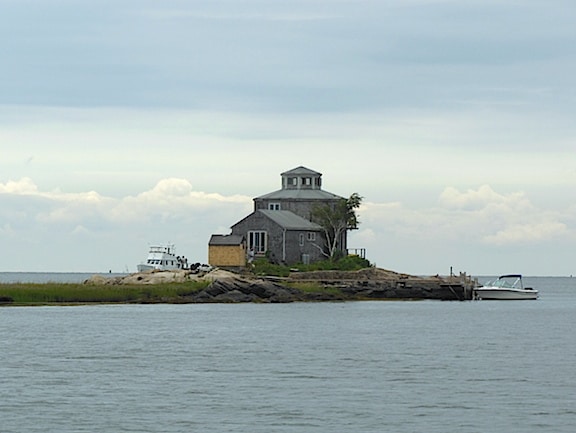
The legacy of the Thimble Islands dates back to the 1880s when families began building private summer homes on the islands. They are a product of America’s Gilded Age when money seemed to be no object, private yachts were the rage, and unique summer homes along Long Island Sound were the pride of New York’s prominent families.
There are over 360 islands in the archipelago, but only about 100 were large enough to support houses or other types of structures. Any island that could hold a home was built upon. Hurricanes, Nor’easters, and other strong storms have damaged or destroyed many of the homes over and over again, but the fierce winds and waters of the Atlantic have never squashed the desire of the residents to rebuild and restore.
Today, almost every island that legally can be built upon has a beautiful summer home perched precariously on a piece of island bedrock. The only way to get to the islands is by boat. Many of the islands have city water, but most do not have electricity and have to be self-sustaining. The homes are a delight to marvel at and clearly show a lot of architectural imagination.

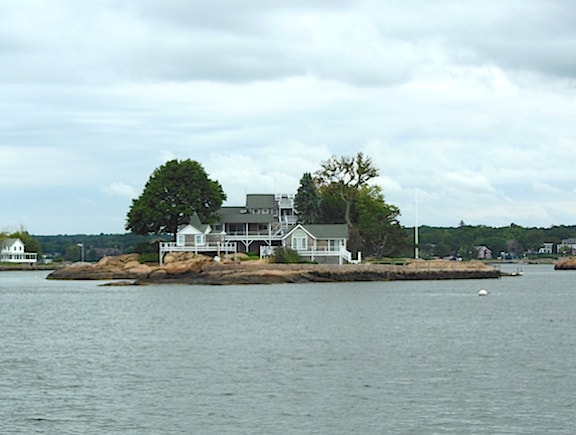
Even though the Thimble Islands was once a resort area and featured many hotels, today only private homes are spread across the various islands. Some of the larger islands feature multiple homes. Money Island currently has 32 homes and Governor’s Island has 14.
The most impressive of the homes is found on Rogers Island which features an enormous 27-room Tudor mansion complete with manicured lawns, gazebos, tennis courts, and beautiful gardens. Horse Island, which is owned by Yale University, is an ecological laboratory and has been allowed to return to its natural state.
Outer Island is part of the Stewart B. McKinney Wildlife Refuge and is used by Connecticut State University for ecological studies. Some of the islands have had famous residents such as P. T. Barnum’s General Tom Thumb and President William Taft, who located his Summer White House on Davis Island for two summers.

- Book Your Accommodation HERE
- Search for Great Tours HERE
- Buy Travel Insurance
- Get a Car Rental
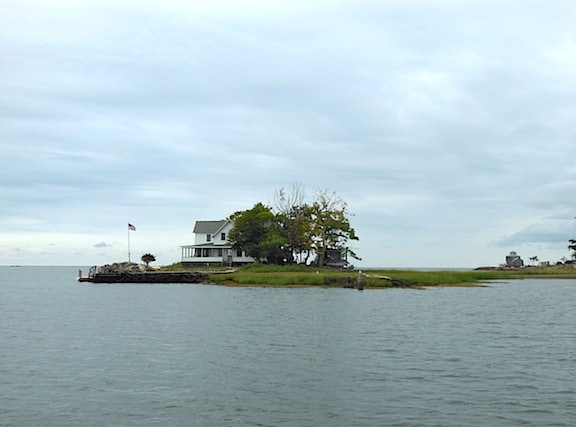
The islands were beautiful, and my hour-long tour seemed to go by in no time. Eventually, Captain Bob’s boat made its way back to the town dock where everyone departed and another crew of passengers quickly boarded for the next trip. I could have easily spent another hour floating around the islands, and I was very tempted to get on the boat again for another go-round.
After wandering around and taking photographs of the small town of Stoney Point for a few minutes, I soon found myself back on the road driving along route 95. The two-hour detour I spent in Stoney Point was well worth the effort. I felt that I had seen a fascinating part of American history that was still maintaining a stronghold by precariously hanging onto small pieces of granite in a sleepy corner of Long Island Sound.
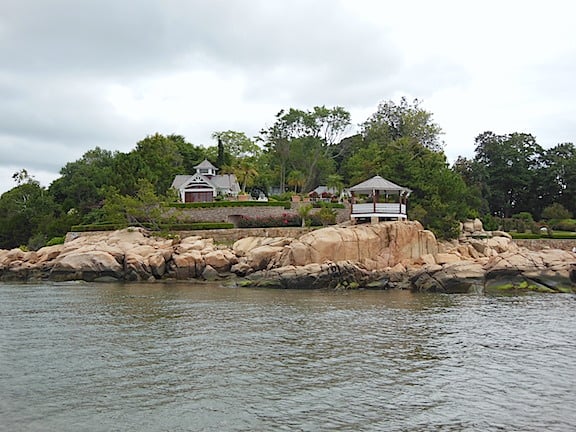
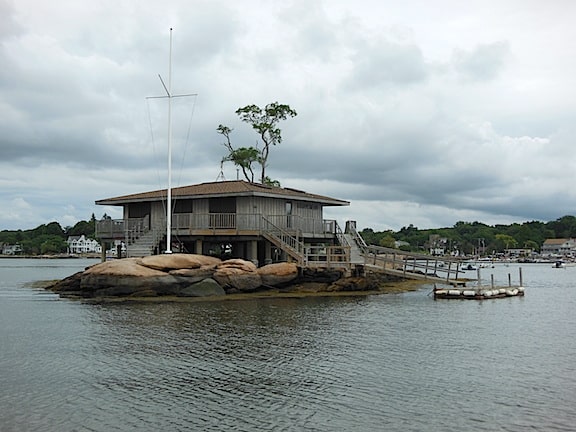
If you are driving along route 95 through Connecticut, schedule some extra time to visit the Thimble Islands. It’s an easy drive from the highway down to the Stoney Point town dock. When you get there, look for Captain Bob Milne’s boat the Volsunga IV. He boasts that each trip features a slightly different route and different stories. You can brighten his day by saying hi and giving him a smile, just don’t bring him any geraniums.
Leave a Reply
Tags: article, connecticut, thimble islands


 Travel to Connecticut – Episode 330
Travel to Connecticut – Episode 330 Things to Do in the San Juan Islands – History, Art, Food and Whale Watching
Things to Do in the San Juan Islands – History, Art, Food and Whale Watching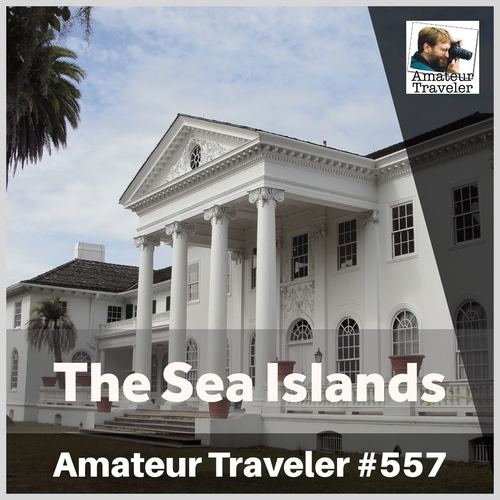 Travel to the Sea Islands of Georgia and South Carolina – Episode 557
Travel to the Sea Islands of Georgia and South Carolina – Episode 557 Mala Wailea – Maui – Restaurant Review
Mala Wailea – Maui – Restaurant Review
